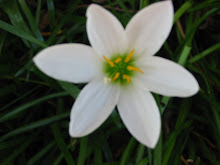
Pongal is a very much relished breakfast item in the South. It is referred to as Huggi in Karnataka. It is a combination of rice and lentils and hence is a perfectly balanced meal in itself. It is seasoned with pepper and cumin seeds and is savored with chutney or sambar or curds.
Ingredients:
Rice 1 cup.
Green gram dal 1/2 cup.
Ghee 3-4 tablespoons.
Pepper 1 teaspoon, crushed.
Cumin seeds 1 teaspoon, crushed.
Cashewnuts 8-10 broken into pieces.
Ginger 1 inch piece, grated.
Curry leaves.
Turmeric 1/4 teaspoon.
Salt to taste.
Method:
- Slightly warm both the rice and dal in a kadai.
- Pressure cook the rice and dal after adding 6 cups of water.
- In a heavy bottomed kadai, heat 2 tablespoons of ghee. Fry the cashewnut pieces and set aside.
- Now add pepper, cumin seeds, grated ginger and curry leaves to the ghee along with a pich of turmeric.
- Mash the cooked dal and rice mixture well and add to the kadai. Add salt to taste.
- Mix well so that the cooked mixture, salt and the seasoning blend well. Add cashewnut pieces in the end and mix
- Serve hot with chutney or an accompaniment of your choice.






